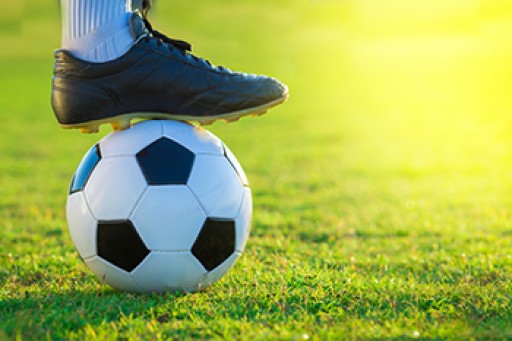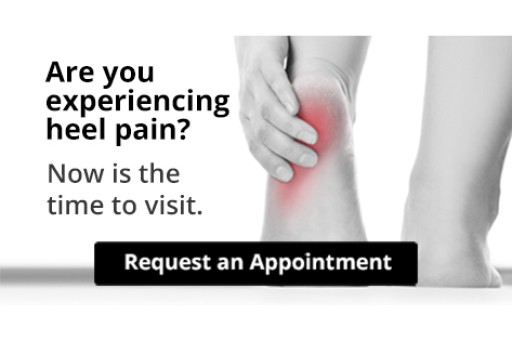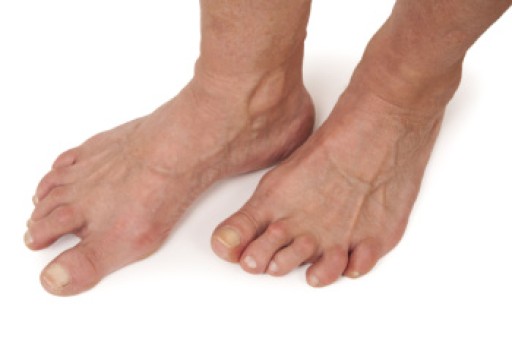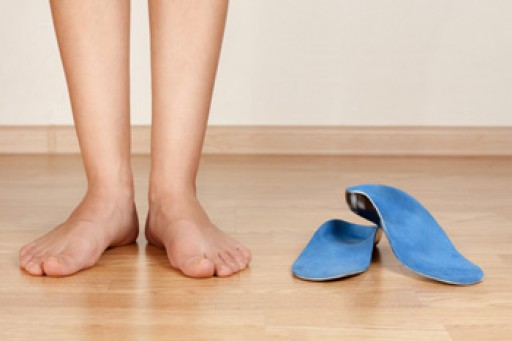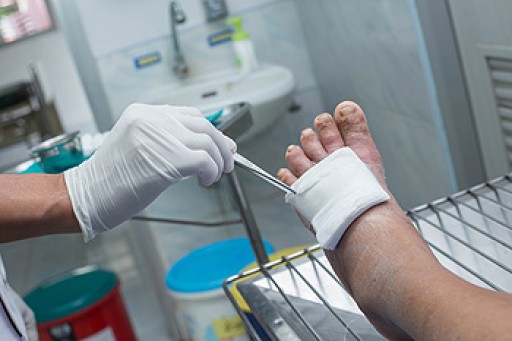
Soccer, loved for its dynamic nature, can unfortunately lead to foot and ankle injuries, disrupting game play and causing discomfort. Ankle sprains, one of the most common injuries in soccer, occur when the ankle rolls inward or outward, overstretching or tearing the ligaments. Additionally, fractures, particularly of the metatarsal bones, can result from collisions, falls, or awkward landings. Achilles tendonitis, characterized by inflammation of the Achilles tendon, can also develop due to repetitive stress and overuse. Proper warm-up exercises, including dynamic stretches and mobility drills, can help prepare the muscles and ligaments for the demands of soccer. Wearing appropriate footwear with sufficient ankle support and traction can reduce the risk of slips and falls. Additionally, listening to your body and resting when needed, as well as seeking timely medical attention for any injuries, are essential for recovery and preventing long-term complications. If you have endured a foot or ankle injury while playing soccer, it is suggested that you visit a podiatrist who can guide you toward effective prevention and treatment.
Ankle and foot injuries are common among athletes and in many sports. They can be caused by several problems and may be potentially serious. If you are feeling pain or think you were injured in a sporting event or when exercising, consult with one of our podiatrists from Biebel & DeCotiis Podiatry Associates. Our doctors will assess your condition and provide you with quality foot and ankle treatment.
Common Injuries
The most common injuries that occur in sporting activities include:
- Achilles Tendonitis
- Achilles Tendon Rupture
- Ankle Sprains
- Broken Foot
- Plantar Fasciitis
- Stress Fractures
- Turf Toe
Symptoms
Symptoms vary depending upon the injury and in some cases, there may be no symptoms at all. However, in most cases, some form of symptom is experienced. Pain, aching, burning, bruising, tenderness, tightness or stiffness, sensation loss, difficulty moving, and swelling are the most common symptoms.
Treatment
Just as symptoms vary depending upon the injury, so do treatment options. A common treatment method is known as the RICE method. This method involves rest, applying ice, compression and elevating the afflicted foot or ankle. If the injury appears to be more serious, surgery might be required, such as arthroscopic or reconstructive surgery. Lastly, rehabilitation or therapy might be needed to gain full functionality in the afflicted area. Any discomfort experienced by an athlete must be evaluated by a licensed, reputable medical professional.
If you have any questions, please feel free to contact one of our offices located in Holmdel and Middletown, NJ . We offer the newest diagnostic and treatment technologies for all your foot care needs.
